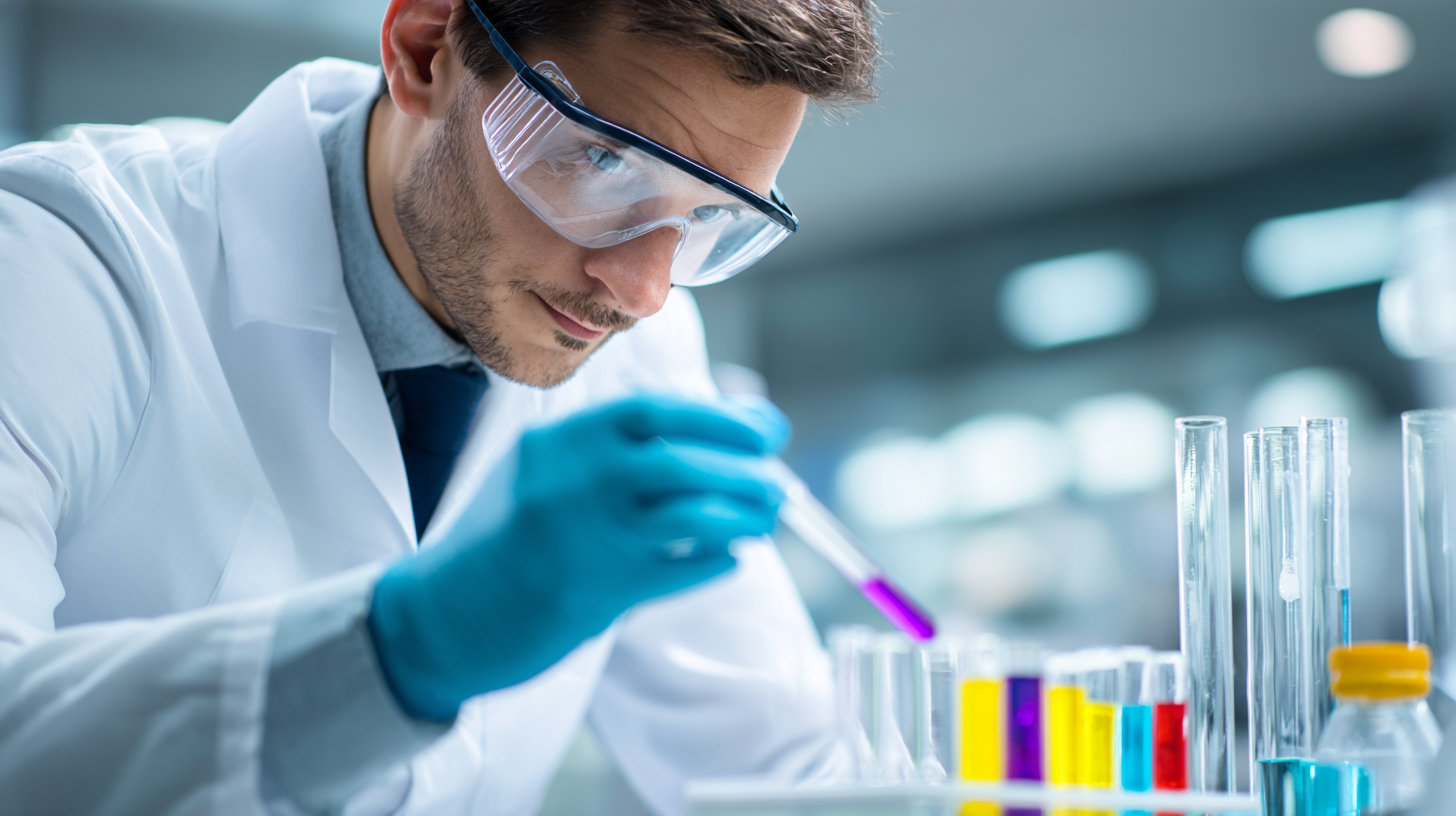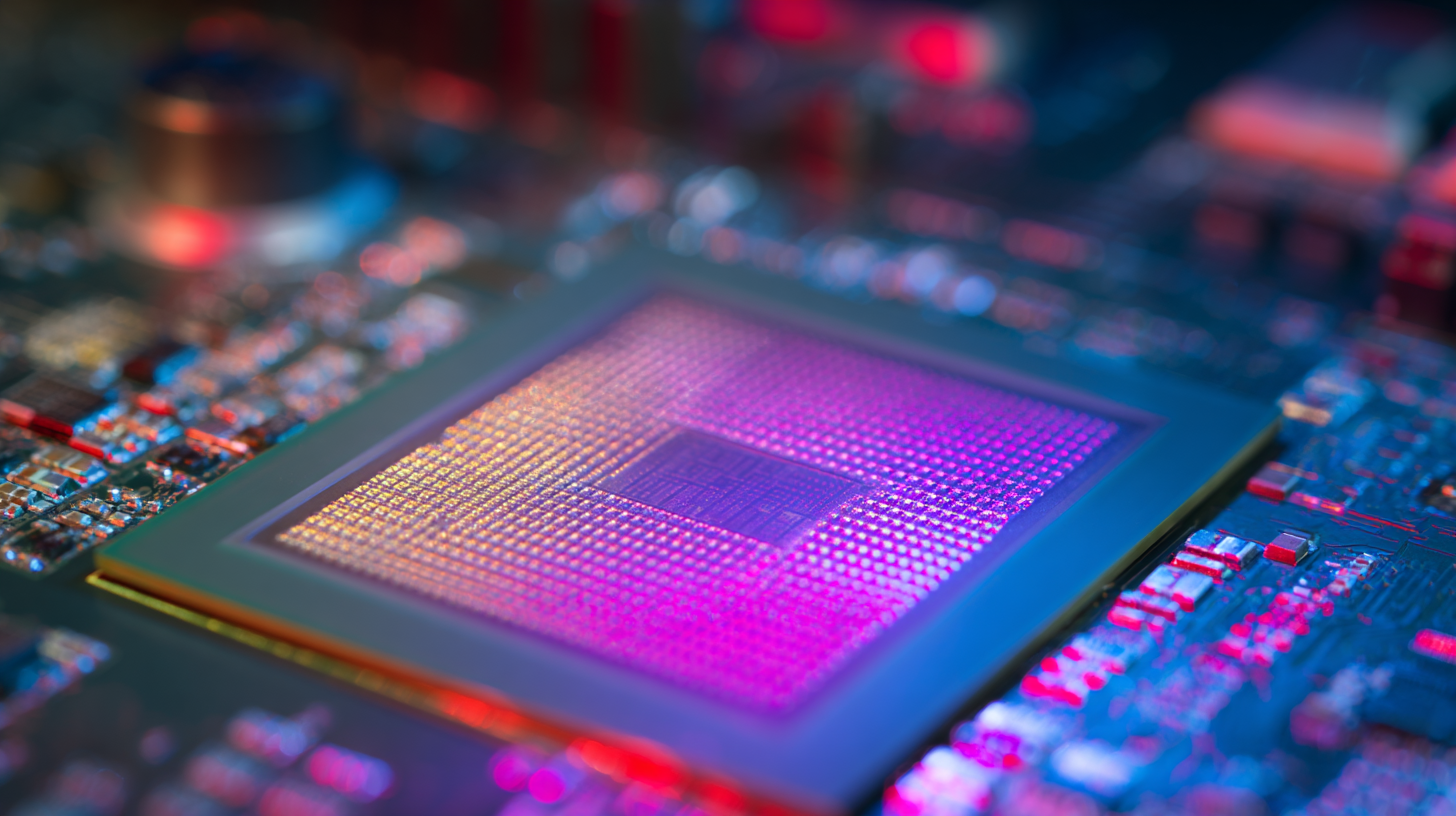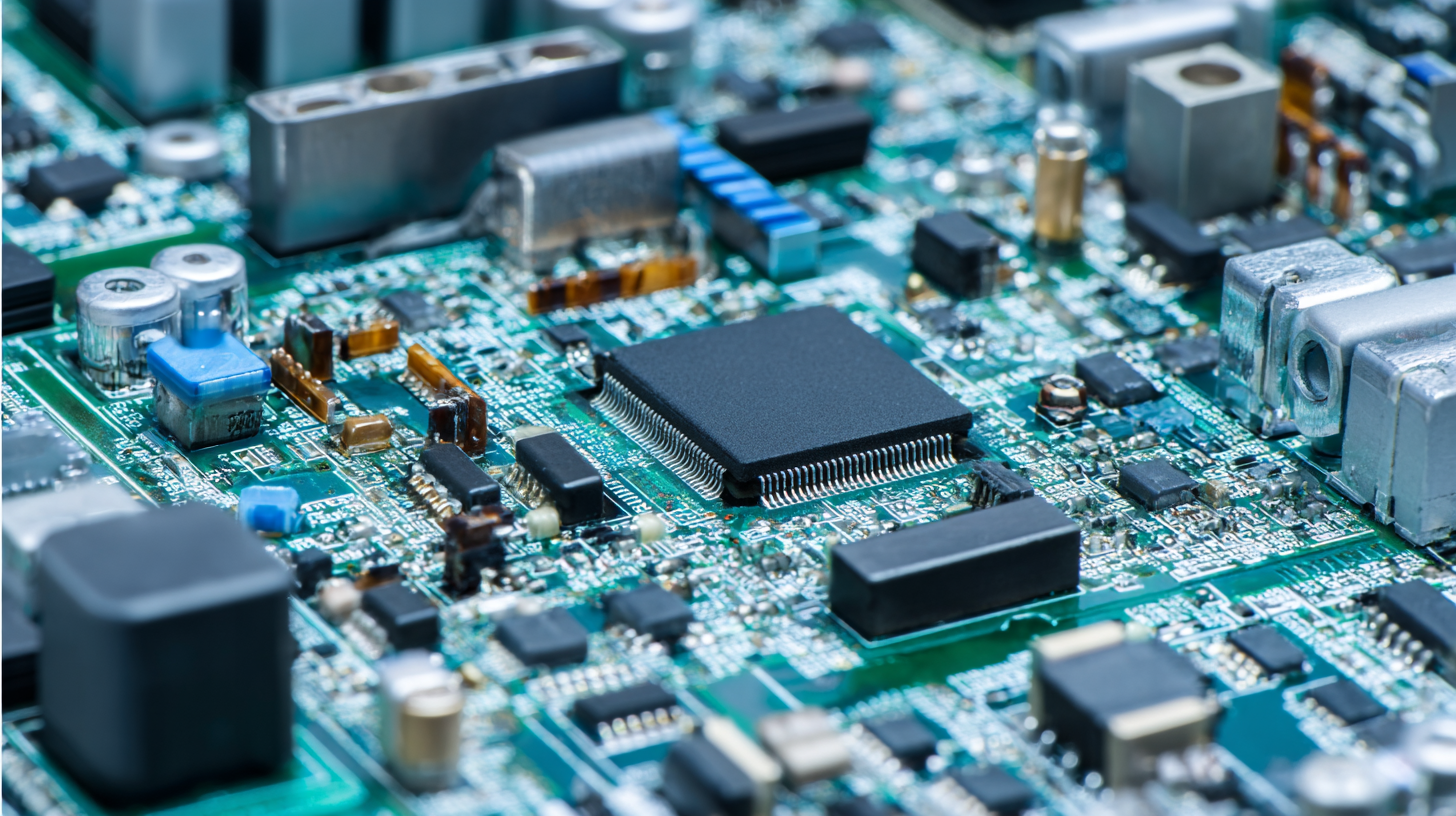Understanding the Importance of Semiconductor Testing in Modern Technology
In today's rapidly evolving technological landscape, semiconductor testing has emerged as a critical cornerstone in ensuring the reliability and performance of electronic devices. As the backbone of modern technology, semiconductors play a vital role in powering everything from smartphones to advanced computing systems. The increasing complexity of semiconductor designs and the miniaturization of components necessitate meticulous testing to detect potential defects and optimize functionality.

This blog will explore the importance of semiconductor testing, highlighting its impact on technology innovation and reliability, while examining best practices and methodologies in the industry. Understanding semiconductor testing is not just relevant for engineers and manufacturers; it is essential for anyone interested in the future of tech and its applications in our daily lives.
The Critical Role of Semiconductor Testing in Ensuring Device Reliability
Semiconductor testing plays a critical role in ensuring the reliability of modern electronic devices. According to a report by MarketsandMarkets, the semiconductor testing market is projected to grow from $5.78 billion in 2020 to $8.56 billion by 2025. This significant growth underscores the increasing importance of rigorous testing processes in the semiconductor industry. As devices become more compact and complex, the need for effective testing methodologies is paramount to prevent failures that can lead to costly recalls and product malfunctions in consumer electronics, automotive systems, and medical devices.
The reliability of semiconductors is pivotal, particularly in mission-critical applications. A study published by the International Journal of Electronics Testing indicates that nearly 30% of failures in electronic systems can be traced back to inadequate testing during the semiconductor manufacturing process. As technology continues to advance, the integration of advanced testing techniques, such as machine learning algorithms and AI-driven diagnostics, is transforming the landscape. These innovations not only enhance fault detection but also improve yield rates, ensuring that devices meet rigorous performance standards and consumer expectations.
Current Statistics on Semiconductor Failure Rates and Their Impact on Industries
 Semiconductor testing plays a crucial role in the reliability of modern technological applications. Current statistics reveal that semiconductor failure rates have a significant impact across various industries. According to a recent report from the International Electrotechnical Commission (IEC), the average semiconductor failure rate is estimated to be around 0.1% per device. This percentage, while seemingly small, translates into thousands of failures in high-volume production environments, leading to considerable economic implications.
Semiconductor testing plays a crucial role in the reliability of modern technological applications. Current statistics reveal that semiconductor failure rates have a significant impact across various industries. According to a recent report from the International Electrotechnical Commission (IEC), the average semiconductor failure rate is estimated to be around 0.1% per device. This percentage, while seemingly small, translates into thousands of failures in high-volume production environments, leading to considerable economic implications.
Industries such as automotive, aerospace, and consumer electronics heavily rely on semiconductor reliability. For instance, a report by the Automotive Electronics Council states that electronic failures account for over 50% of automotive warranty claims, with semiconductor defects being a prominent contributor. Similarly, in the consumer electronics sector, companies face losses exceeding $1 billion annually due to faulty semiconductors, which drives the need for robust testing protocols. Investing in comprehensive testing not only mitigates the risk of failures but also enhances overall product quality, reinforcing the importance of stringent testing practices in the semiconductor industry.
Key Testing Methods: Electrical, Thermal, and Reliability Testing in Semiconductors
Semiconductor testing is crucial for ensuring the reliability and performance of modern electronic devices. Among the various testing methods, electrical, thermal, and reliability testing stand out as essential components of the quality assurance process. According to the Global Semiconductor Alliance, over 75% of semiconductor production failures can be traced back to issues that could have been identified through rigorous testing protocols. Electrical testing, which assesses the functionality and integrity of semiconductor devices, is one of the most significant methods, as it ensures that each chip performs as intended under specific operational conditions.
Thermal testing follows closely, examining how semiconductor components react to temperature fluctuations during operation. A report from Yole Développement highlights that temperature-related failures account for approximately 25% of semiconductor reliability issues. By simulating real-world thermal environments, engineers can identify potential failures before they affect end users. Reliability testing, on the other hand, delves into the longevity of semiconductor products, ensuring they can endure the rigors of continuous use. The Semiconductor Industry Association indicates that high-quality reliability testing can increase product lifespan by up to 30%, thereby reducing the risk of costly recalls and enhancing consumer trust in semiconductor technologies.
Importance of Semiconductor Testing in Modern Technology
Emerging Technologies in Semiconductor Testing: Innovations and Future Trends
The landscape of semiconductor testing is undergoing a remarkable transformation driven by emerging technologies that promise to reshape the industry’s future. As the demand for faster, more efficient electronic devices continues to surge, innovations such as artificial intelligence (AI) and machine learning (ML) are playing a pivotal role in optimizing testing processes. By leveraging AI algorithms, companies can automate complex test scenarios, significantly reducing the time required for validation while enhancing accuracy. This not only expedites the development cycle but also ensures that products meet stringent quality standards.
Another notable trend is the integration of Internet of Things (IoT) devices in semiconductor testing. With IoT's pervasive connectivity, testing equipment can now collect and analyze real-time data, enabling manufacturers to make informed decisions on product performance and reliability. Additionally, advancements in materials science, such as the development of new substrates and packaging techniques, are paving the way for more efficient chip designs that can handle higher power levels and faster speeds. As these innovations continue to evolve, they will undoubtedly influence the methods and standards of semiconductor testing, reinforcing its critical role in modern technology.
Regulatory Standards and Compliance: The Necessity of Testing in Semiconductor Production
In today's rapidly advancing technological landscape, the importance of
semiconductor testing cannot be overstated, especially regarding
regulatory standards and compliance. Recent reports from the Semiconductor Industry Association (SIA) reveal that
the global semiconductor market reached $527 billion in 2021, with projected growth expected to exceed
$1 trillion by 2030. This growth underscores the stringent regulatory requirements that companies must adhere to in order to ensure the
safety and reliability of semiconductor products.
Compliance with international standards, such as
ISO/IEC 17025 and IPC-1752, is essential for manufacturers aiming to maintain a
competitive edge. These standards not only ensure that the testing processes are robust but also that the semiconductors meet the required performance
and safety benchmarks. A study by Deloitte highlighted that
non-compliance can result in severe consequences, including market recalls and reputational damage,
estimated to cost companies up to $80 billion annually. Consequently, investing in comprehensive testing
procedures right from the design phase is not just a regulatory necessity but a strategic imperative for companies in the semiconductor sector.

Related Posts
-

The Evolution of PCB Test Fixtures Shaping the Future of Electronics Manufacturing
-

How to Optimize Your Bed of Nails Test Fixture for Maximum Efficiency
-

Innovative PCBA Testing Solutions Transforming Global Supply Chains
-

Understanding the Importance of Pogo Pin Test Fixtures in Modern Electronics Manufacturing
-

Innovative Solutions for In Circuit Tester Implementation
-

5 Innovative PCB Test Fixture Solutions for Efficient Circuit Board Testing
